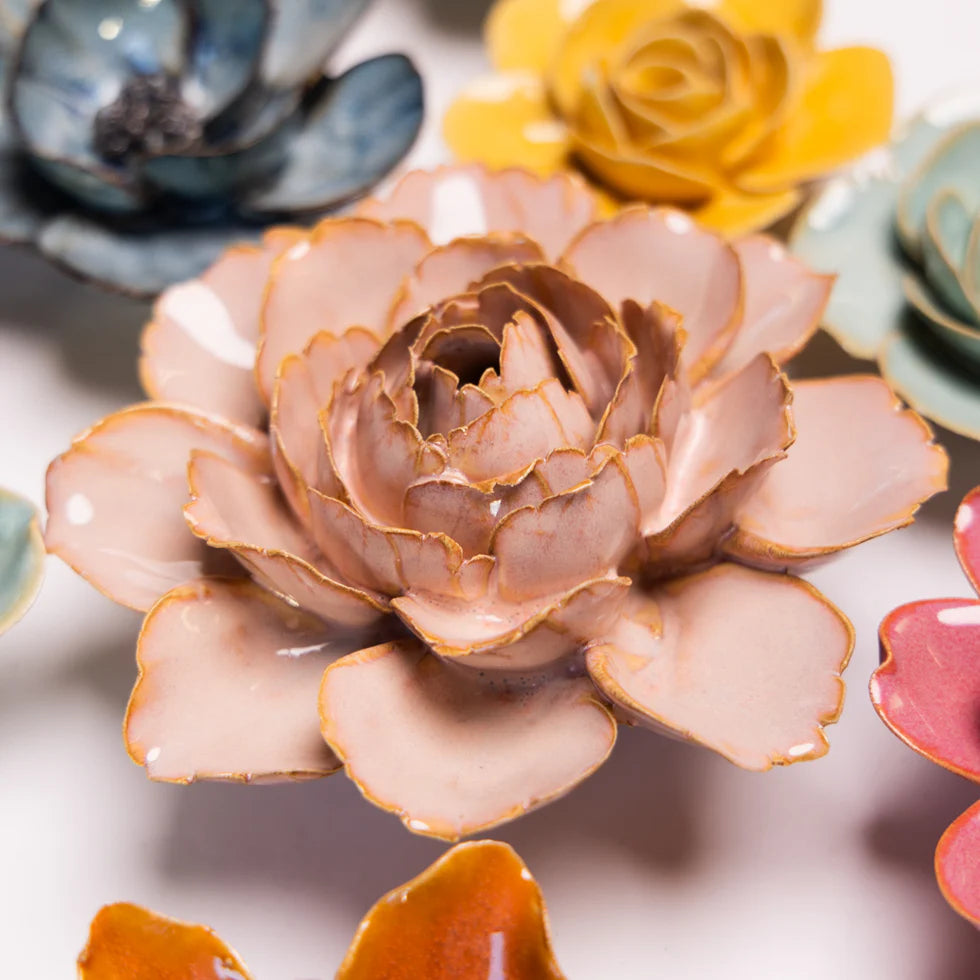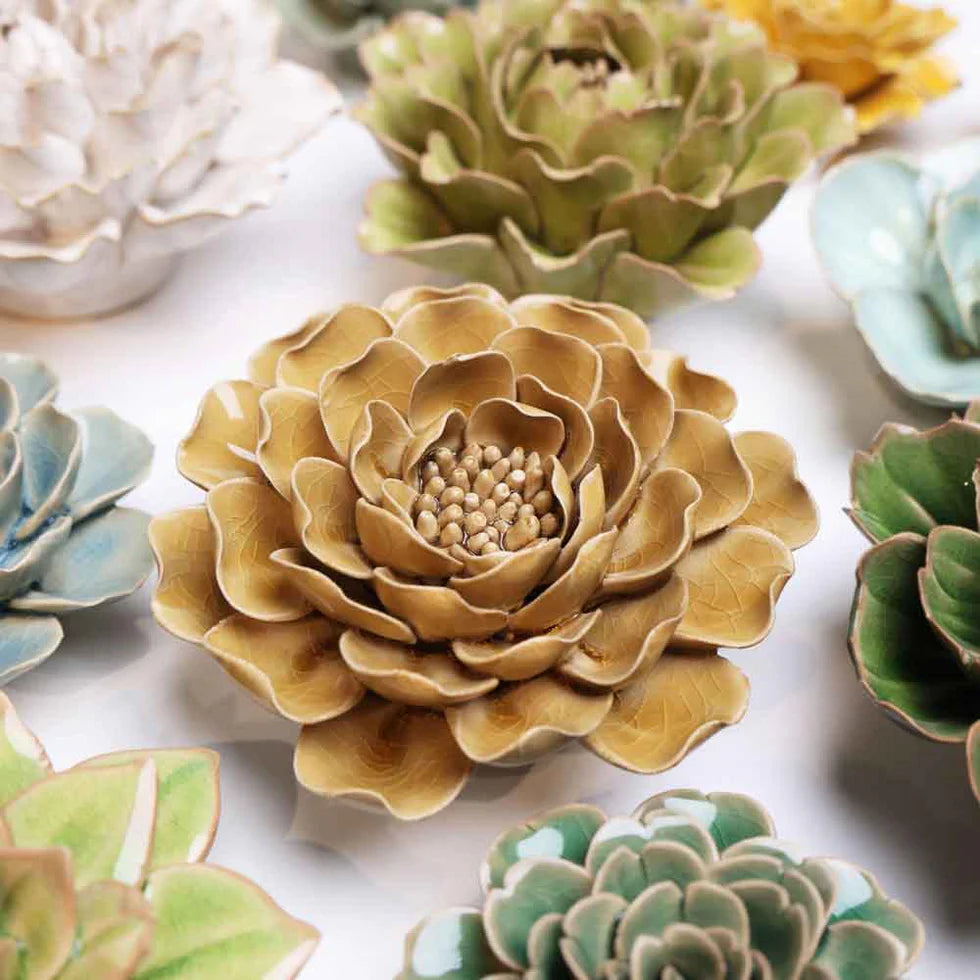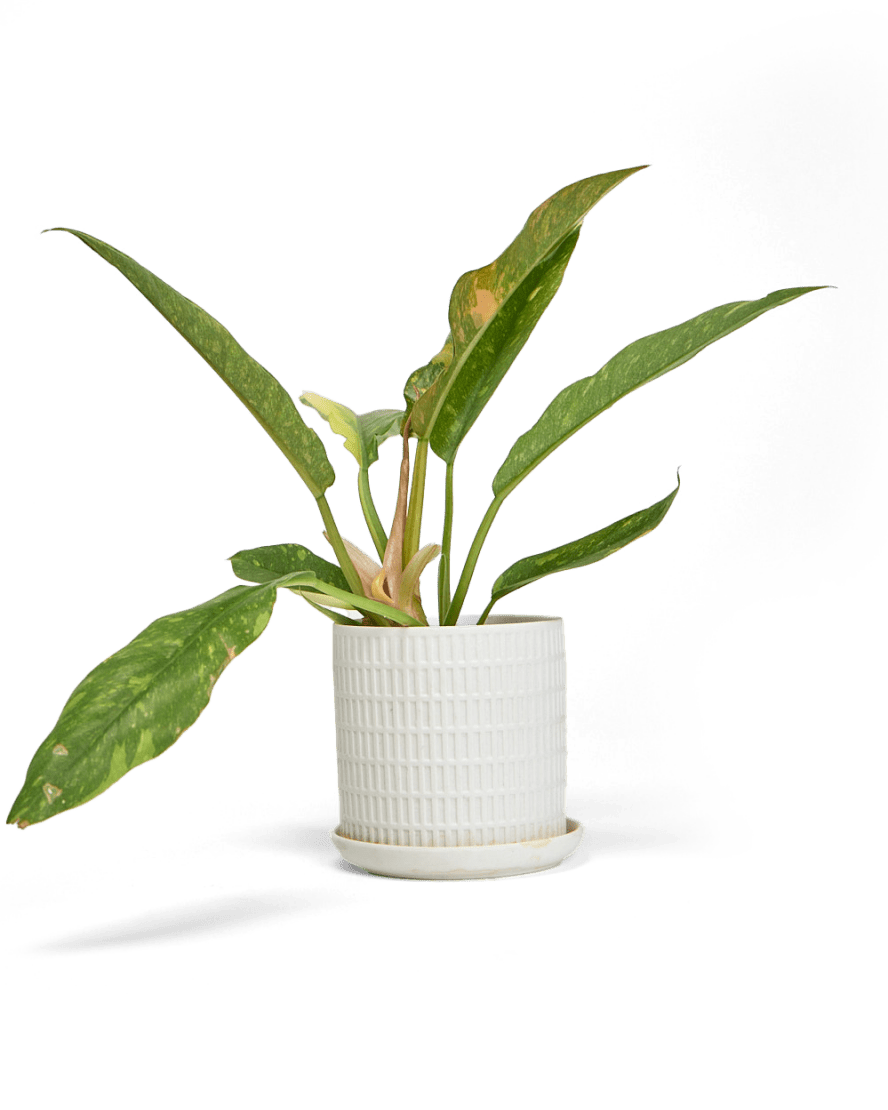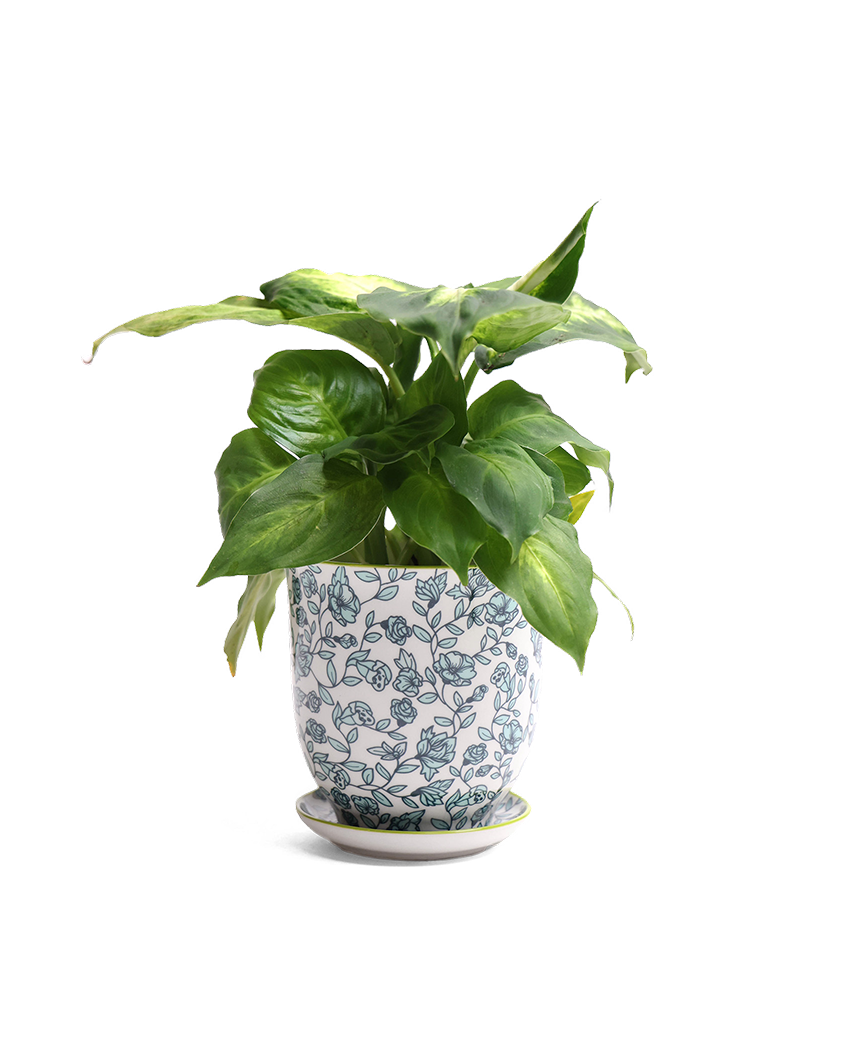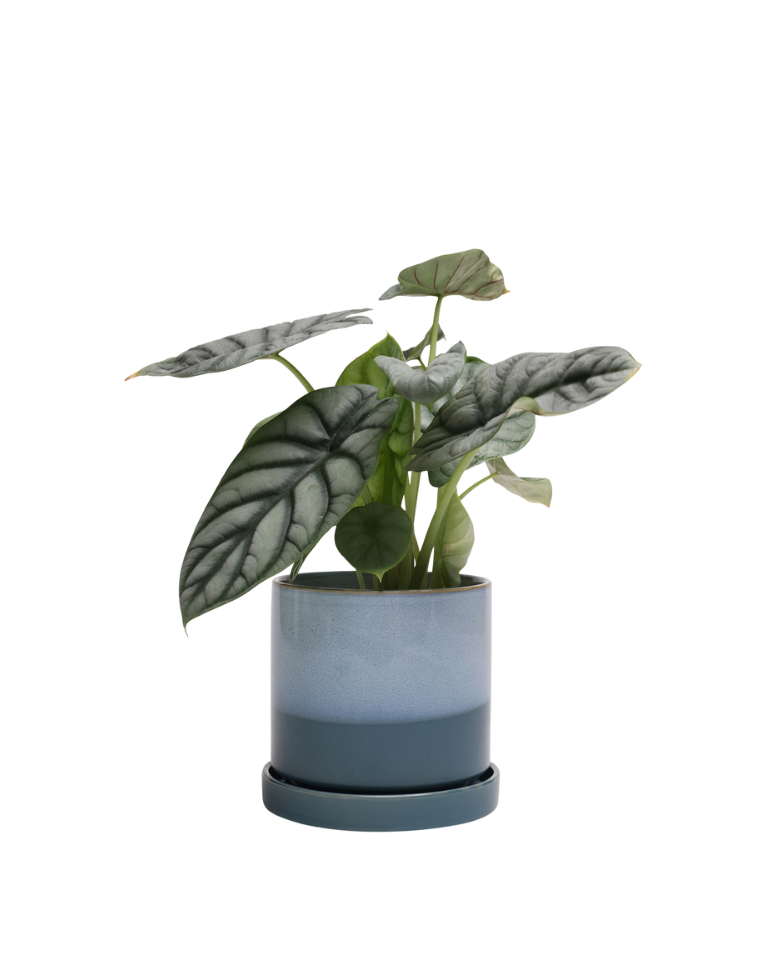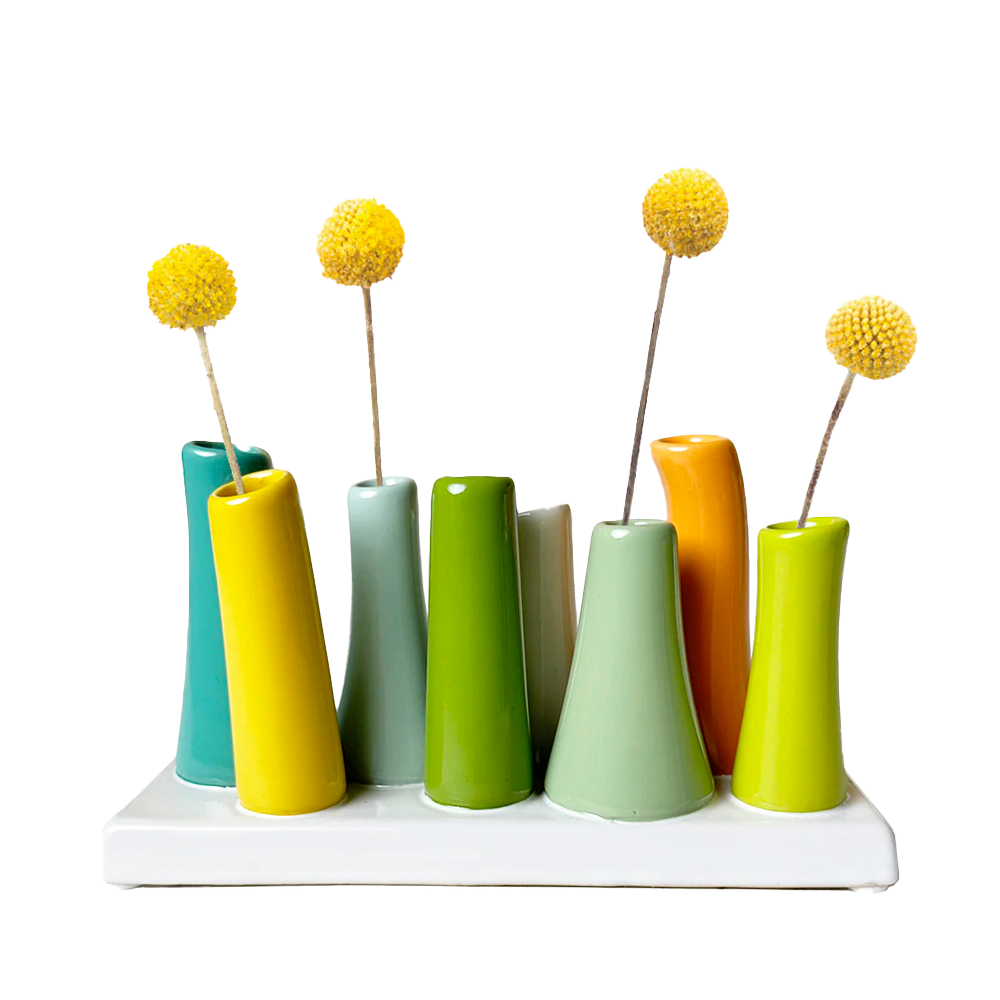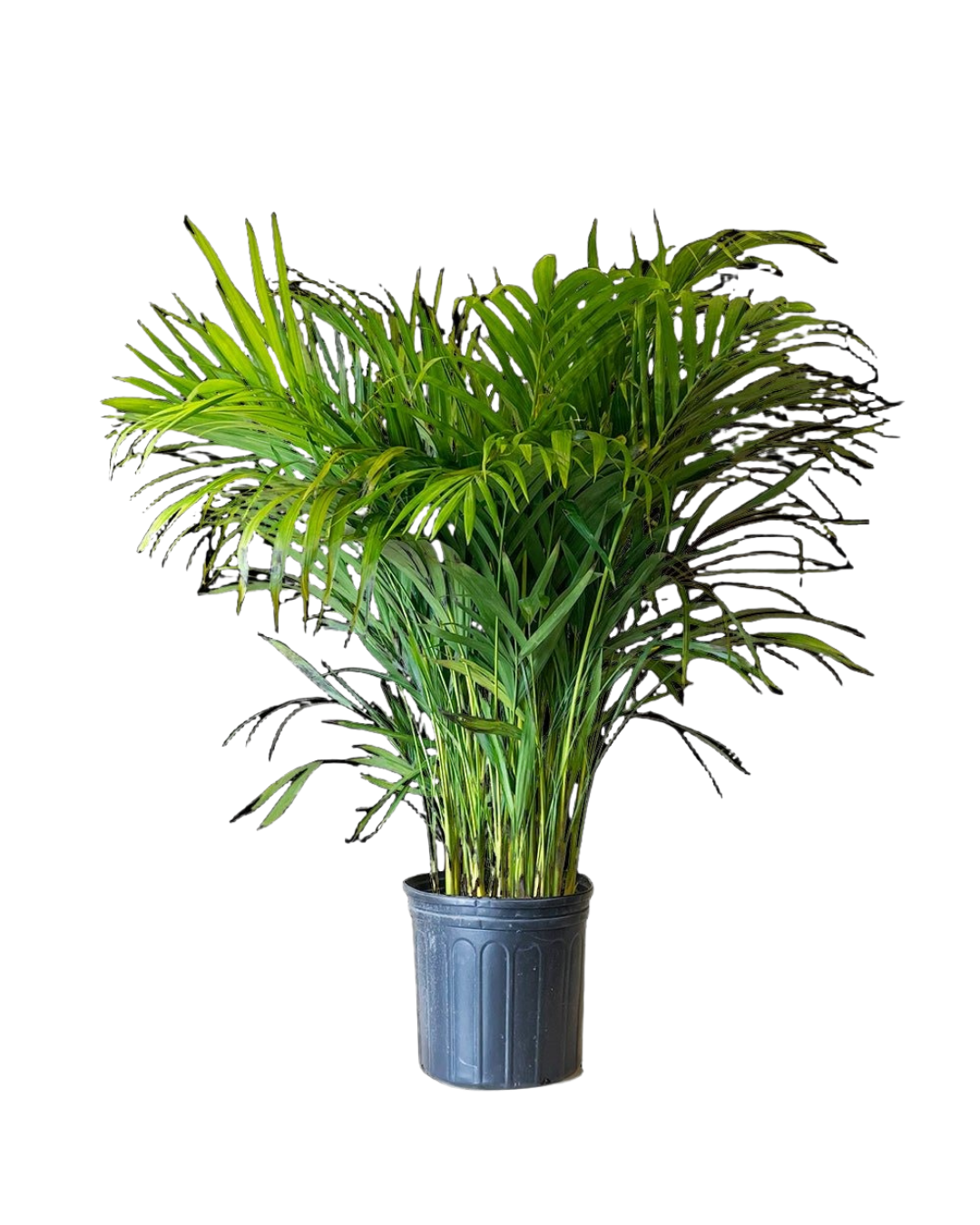Overview
Ahhhh – Palm Plants. Don’t they remind you of a tropical vacation? The one you can’t take because you purchased too many plant babies? Well, here’s the next best thing. Native to South America, Asia and the Caribbean, there are 2,600 species of Palm trees spread within the Arecaceae family of plants. A classic beauty, Palms are known for their large, evergreen leaves known as fronds. If you’re looking to spruce up your home to look like a jungle, then Palm trees are an excellent choice as they’re generally tolerant to neglect, don’t require a lot of light and are easy to care for. While tropical in nature, there are a few varieties of Palm plants with origins from the desert – so their watering needs will be quite different than their tropical counterparts!
Palm Types
Livistona Rotundifolia, Fan Palm
Chamaedorea Elegans, Parlour Palm
Ravenea Rivularis, Majestic Palm
Beaucarnea Recurvata, Ponytail Palm
Phoenix Roebelenii, Pygmy Date Palm
Hyophorbe verschaffeltii, Spindle Palm
Rhapis Excelsa, Lady Palm
Cycas Revoluta, Sago Palm

